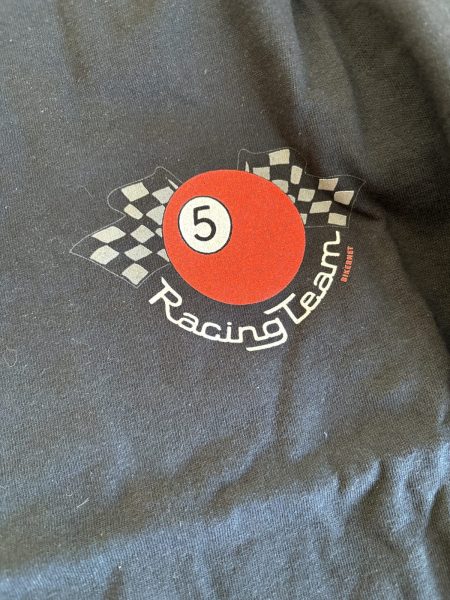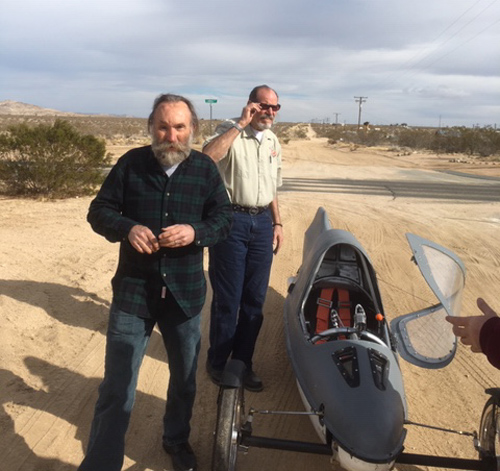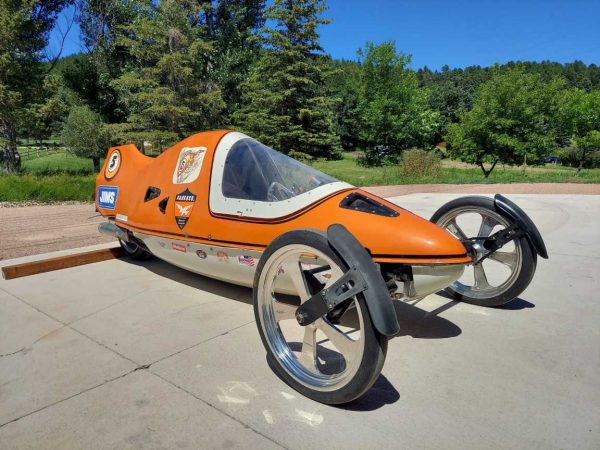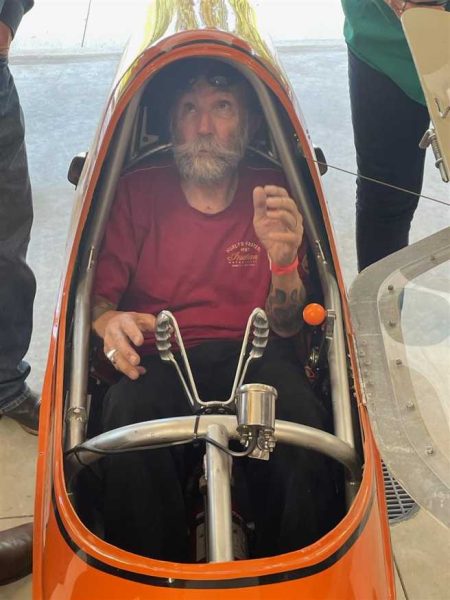Salt Torpedo Races at Bonneville in 2024, Chapter 28
Chapter 28: The Final 2024 Report Or Salt Torpedo Early next morning we attempted to set up our pit area with the Buell Brothers, but then the wind returned. “The sun can kill you,” Drew from the Buell brothers shouted, but then removed his canopy as the wind swept across the vast 60 square miles […]
Salt Torpedo Races at Bonneville in 2024, Chapter 28 Read More »




